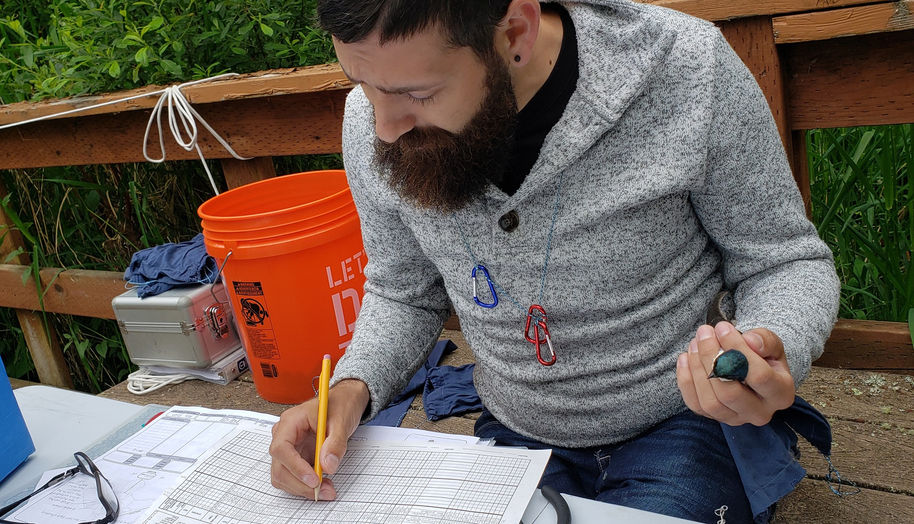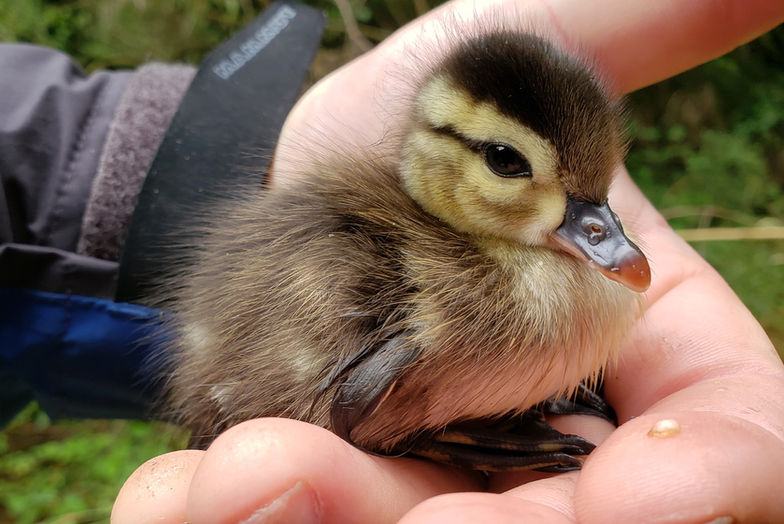
PSBO at Work!
SOUND SCIENCE NEWS
PSBO Projects and Partnerships around the Salish Sea...
PSBO Wins Highly Competative ALEA Grant for Wetland Monitoring!
The Regional Wetland Secretive Bird Monitoring Project is selected for a Washington Department of Fish and Wildlife ALEA grant
Puget Sound Bird Observatory was selected as one of forty-five recipients for the highly competitive Aquatic Land Enhancement Account Volunteer Cooperative Grant Program funding from Washington State Department of Fish and Wildlife (WDFW) in support of the Regional Wetland Secretive Bird Monitoring Project.
These awards from WDFW have supported hundreds of individuals and organizations who have undertaken a variety of projects that engage volunteers and benefit fish and wildlife resources. Designed to support individual citizens, non-profit organizations, schools and universities, conservation districts, and tribal governments, these grants have funded projects that improve habitat, enhance knowledge through research, extend efforts to provide or enhance access to fish or wildlife related recreation, and efforts to restore fish and wildlife populations.
PSBO will use the funds to purchase equipment needed by volunteers so they can adhere to the standard protocol for monitoring marsh birds across the Puget Sound trough. Funding is also available to off-set travel costs incurred by volunteers making it easier for survey teams to access some of the more outlying sites and helping PSBO reach full survey coverage across the region.
Wetland Secretive Bird Survey Maps Critical Species!
Watch the Wetland Secretive Bird Survey video to find out more. Join in this effort by contacting PSBO today!
Secretive Wetland Bird Survey
Puget Sound Bird Observatory
See our project in action in this video
MAPS Banding at Morse Celebrates 25 Years!
Wetland Secretive Bird Survey Maps Critical Species!
Watch the Wetland Secretive Bird Survey video to find out more. Join in this effort by contacting PSBO today!
So what can I say about keeping the Morse MAPS station going for 25 years? Well, first, I have to thank the many site managers that include Dan Froehlich (known well to IBP), Ilon Logan, Tom Rohrer, Suzanne Tomassi, Glenn Johnson, and now Nathanael Swecker. With my peripatetic perambulations, it could never have occurred. We tried to maintain MAPS stations at nearby Joint Base Lewis-McChord, which were thwarted in various ways, but may soon become accessible again!
Back in 1995, I was contracted to perform point counts on the McChord AFB (now joint base Lewis McChord – JBLM) near Tacoma Washington, and I wanted to compare the results to the BBS route nearby- there was no route that contained the oaks that occurred on the base. I also heard about the MAPS station that had been started at Fort Lewis and thus began the long quest to understand the trends of land birds in the Puget Sound Lowlands.
Fast forward to 25 years of growth, loss of habitat and even longer vacancies in my presence, but a new crop of banders, led by Scott Markowitz and Nathanael Swecker, will take us into the next step of aging and data for IBP to process. I was just at their winter banding site where they captured their 100th SOSP for photographing and monitoring a known aged population for improving aging – and we captured what was a larger billed coastal subspecies. Only by banding could we demonstrate that occurrence.
But all in all, it has been very frustrating for me to try and answer the question that people ask me, “how are the birds doing?” “It’s complicated” is all I can really say. The open pole Douglas Fir forest 25 years ago at Morse now has a beautiful understory layer of ocean spray and filbert, with a denser shrub of snowberry and sword fern – towhee captures have significantly increased, while song sparrows have remained pretty constant. Swainson’s Thrush captures have increased, but the site has been compromised by the suburban development on three sides of the 50 acre preserve. Consequently, the recapture rate formula may not be applicable. Purple finches are increasing, but is it because the site is a local refuge? Perhaps some recaptures will help us understand that. Still not a single Cedar Waxwing recapture outside of a banding season in 25 years.
As we struggle to keep the station going, we know that we are adding to the data set at IBP, and we appreciate the effort in using science and empirical data to verify what is happening to our birds.





















